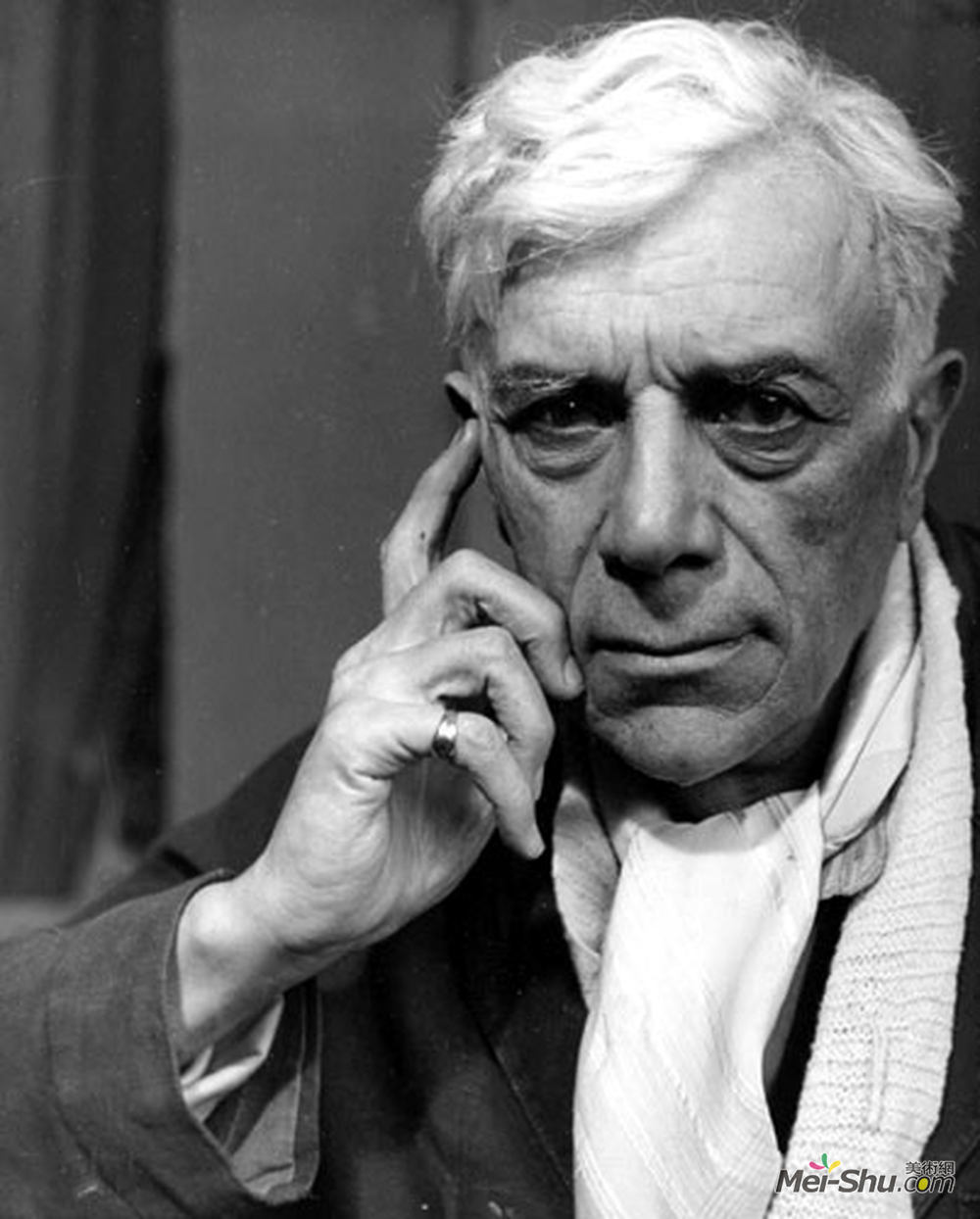
乔治·勃拉克(Georges Braque)
艺术家: 乔治·勃拉克
生于: 1882年5月13日;
卒于: 1963年8月31日;1963年31august
国籍: 法国
流派: 立体主义
领域: 绘画,雕塑
受影响: 尼古拉斯·普桑
影响: David Alfaro Siqueiros,Vilhelm Lundstrom,Mikhail Larionov,Carlos Nadal
朋友: 巴勃罗·毕加索,Max Jacob
乔治·布拉克是一位法国画家和雕塑家,他是立体派发展的杰出人物。作为一个年轻的成年人,他白天作为室内画家和装饰师工作,与他的父亲和祖父从事同样的工作,他参加了法国勒哈弗尔美术学院的夜校。1902年,他获得了装饰师的证书,但仍然在亨伯特学院就读,直到1904年。布拉克的早期作品具有印象主义色彩,但在1905年《野兽》展览后又转变为野兽派风格。到了1907岁,他的野兽作品就被一家独立的沙龙展出了。立体主义的发展是在1909年布拉克会见并开始与巴勃罗·鲁伊斯·毕加索合作之后不久。两位艺术家都用单色配色和互锁块和复杂的形式制作了代表性的绘画作品。1911的夏天对艺术家来说尤其富有成效。他们在法国比利牛斯山并排绘画,创作的绘画极难区分彼此的绘画。他们在一起的最终结果是发展了一种新的绘画风格,分析立体派。这两位艺术家密切合作,直到第一次世界大战爆发,布莱克加入了法国埃米,离开了毕加索这边。布莱克从战场上受了重伤,从战争中归来后,他摆脱了立体派风格的粗犷的线条和尖锐的复杂性,开始用鲜艳的色彩画出作品,最终又回到了人物身上。布拉克虽然摆脱了苛刻的线条和形式,但他从未放弃过他的立体派风格。而毕加索则自由地绘画了许多风格,从具象主义到立体主义、超现实主义和抽象主义,而布拉克则忠实于他支离破碎的形式和同时透视。1963年他去世时,他被认为是巴黎美术学院以及现代艺术界的资深政治家之一。
/P>
Artist :Georges Braque
Additional Name :Georges Braque
Born :13 May 1882
Died :31 August 1963
Nationality :French
Art Movement :Cubism
Field :painting,sculpture
Influenced by :nicolas-poussin
Influenced on :david-alfaro-siqueiros,vilhelm-lundstrom,mikhail-larionov,carlos-nadal
Friends and Co-workers :pablo-picasso,max-jacob
A prominent figure in the development of cubism, Georges Braque was a French painter and sculptor. As a young adult, he worked during the day as a house painter and decorator, in the same line of work as his father and grandfather, and he attended evening classes at the School of Fine Arts in Le Havre, France. In 1902, he received his certificate as a decorator, but still attended art school, at the Humbert Academy, where he studied until 1904.
Braque’s early works were impressionistic, but transitioned into a fauvist style after seeing work exhibited by the Fauves in 1905. By 1907, his fauvist works were exhibited a the Salon des Independents. The development of cubism came shortly after Braque met and began working with Pablo Picasso, in 1909. Both artists produced representative paintings with a monochromatic color scheme and interlocking blocks and complex forms. The summer of 1911 was especially fruitful for the artists. They painted side by side in the French Pyrenees, producing paintings that extremely difficult to differentiate each other’s paintings. The ultimate result of their time together was the development of a new style of painting, Analytic Cubism.
The two artists worked closely together until the outbreak of World War I, upon which Braque joined the French Amy and left Picasso’s side. After his return from the war, in which he was seriously wounded in the battlefield, Braque moved away from the harsh lines and sharp pointed complexity of the cubist style, and instead began to paint pieces with bright colors and eventually return to the human figure.
Although he departed from his harsh lines and forms, Braque never abandoned his cubist style. Whereas Picasso freely painted in many styles, from representational to cubist, surreal, and abstract, Braque held true to his fragmented forms and simultaneous perspective. By the time of his death in 1963, he was regarded as one of the elder statesmen of the School of Fines art in Paris, as well as in modern art.